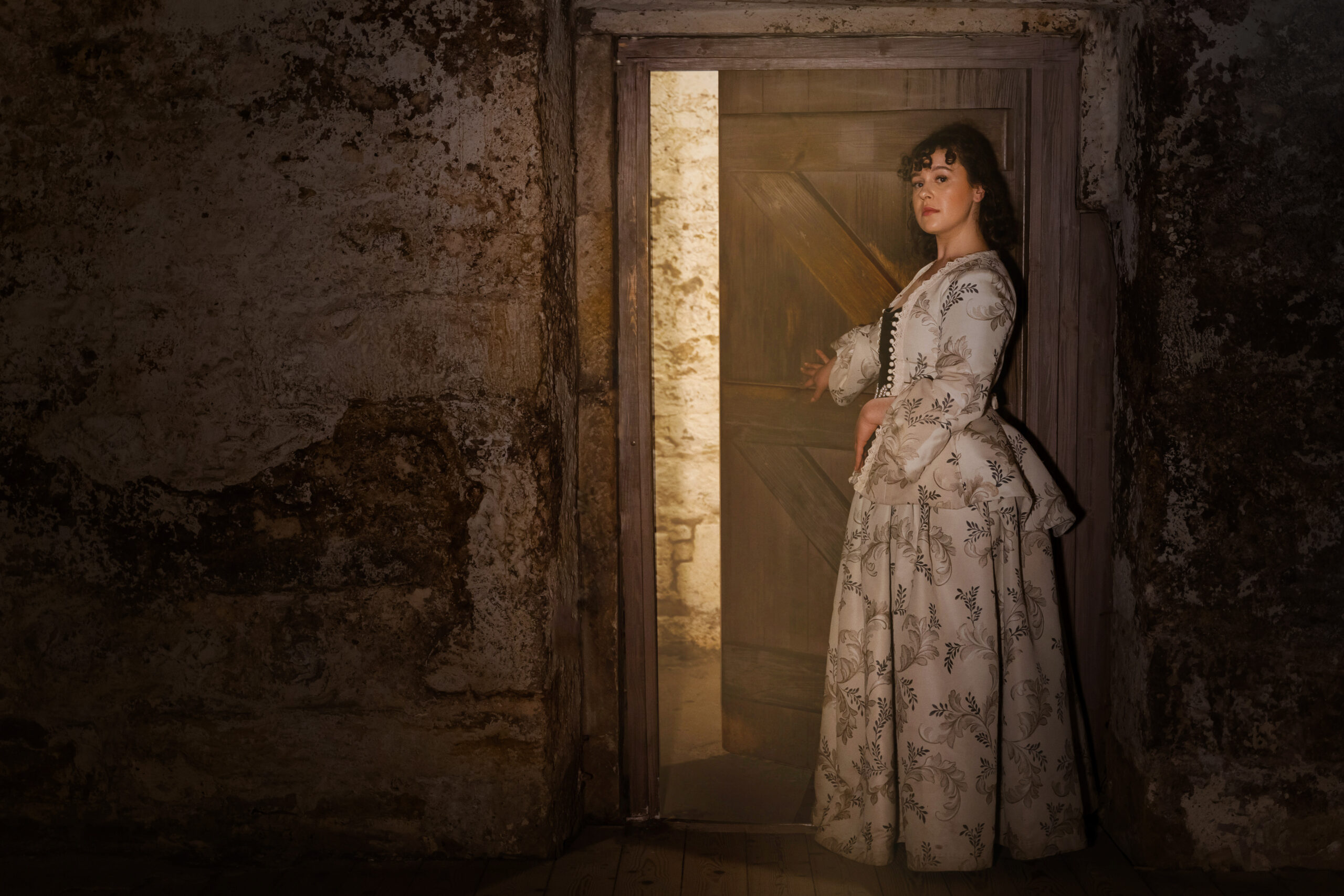Hogmanay – What is it?

Hogmanay is the most important day of the year in Scotland.
Please note that our opening hours will be 10am to 7pm on Sunday 31st December.
Or at least, it used to be. Today, many Scots are more likely to celebrate Christmas over and above Hogmanay (a Scottish name for New Year’s Eve). However, that wasn’t the case for over 400 years, from the 17th century right up until 1958.
If you read our blog from a couple of weeks ago, then you’ve probably already guessed why. And yes, it does have something to do with the fact that Christmas was banned in 1640. More on that here.
That being said, Hogmanay remains one of the most important celebrations of the year. Nowhere more so than in Scotland. Therefore, let’s take a look at its history and explore the ways you might be able to celebrate the incoming New Year with as much enthusiasm as we do in Scotland!
History of Hogmanay
Only in Scotland is New Year’s Eve known as “Hogmanay”. According to experts, the name most likely grew in popularity during the reign of Mary Queen of Scots in the 1560s, thanks to her French influence. Presents given on New Year’s Eve were known as “hoguignets” in Normandy… Can you hear the similarity in sound?
However, it’s not just the Scots’ name for the 31st December that distinguishes the holiday from similar celebrations around the world. It’s also our traditions and unique enthusiasm surrounding the occasion.
As mentioned before, that has a lot to do with the fact that the Scottish Kirk unofficially banned Christmas in the 1560s, followed by an act of prohibition in 1640. In Edinburgh, if you were caught doing anything Christmassy, even for something as small as making a mincemeat pie, you could have gotten yourself thrown in the Old Tolbooth jail!
As a result, New Years Eve evolved to become Scotland’s most anticipated celebration of the year. After all, the kirk didn’t have any say over secular celebrations. And so, all plans for merriment, feasting and fun were pushed to the 31st December instead.

How to celebrate New Year’s Eve in Scotland
Like any celebration, New Year’s Eve traditions have changed in Scotland over the centuries. But if one thing can be said for certain, it’s that the Scots still love Hogmanay. Here are three ways that you can join in with the festivities this year!
Edinburgh Hogmanay Street Party
There has been an annual Hogmanay celebration in Edinburgh for hundreds of years. Originally, it took the form of an informal street party at the site of the Tron Kirk on the Royal Mile. But since 1993, it has become an officially organised celebration that typically takes place at Princes Street.
Now in its 30th year, the Edinburgh Hogmanay Street Party is expected to have over 40,000 attendees. Expect live music, giant screens, street performers, pipers, drummers and fairground rides. What’s more, the new “Tartan Zone” at Waverley Bridge promises foot-stomping Scottish music featuring Elephant Sessions, the Hannah Fisher Ceilidh Band and more.
The early bird EH ticket offer is no longer for sale, but there are still a few General Admission tickets left!
Loony Dook – New Year’s Day
Legend goes that the first Loony Dook happened in South Queensferry on the 1st January 1987, when locals jokingly suggested taking a dip as a Hogmanay hangover cure. Fast-forward 37 years, and this whacky tradition is still one of the most enjoyable events to get involved with during the Scottish New Year.
The premise? Dress up in the silliest costume that you can possibly imagine, and then run into the waters of the Firth of Forth! While the main event has sadly been cancelled from the official Edinburgh Hogmanay calendar this year, an “unofficial” Loony Dook is still planned to go ahead. Are you brave enough?
First Footin’ – New Year’s Day
First Footin’ isn’t as widely observed as it used to be. However, it remains a well-known part of the Scottish New Year. The Scots believe that the first person to enter your house – so, the “first foot”! – can bring luck or misfortunate for the coming year.
A tall, dark-haired man was preferred, while blonde or redheaded people were seen as harbingers of ill fate. Most likely as they served as reminders of Viking invaders during the 8th and 9th centuries.
Edinburgh’s FREE First Footin’ event takes it name after the tradition. Discover a feast of live music featuring artists from across Scotland and beyond by dipping in and out venues across the Old Town and New Town. All spaces are available on a first come, first serve basis.









